Tovarozameschenie on-old Russian
Categories: Culture | History | World
By Pictolic https://pictolic.com/article/tovarozameschenie-on-old-russian.htmlOur life consists of wireless technologies. It's hard to imagine that the ancestors had not that light bulb over my head, but even ordinary soap and raise children without diapers and baby monitors. Than our ancestors replaced the glass that ate instead of potatoes and how to comply with hygiene.

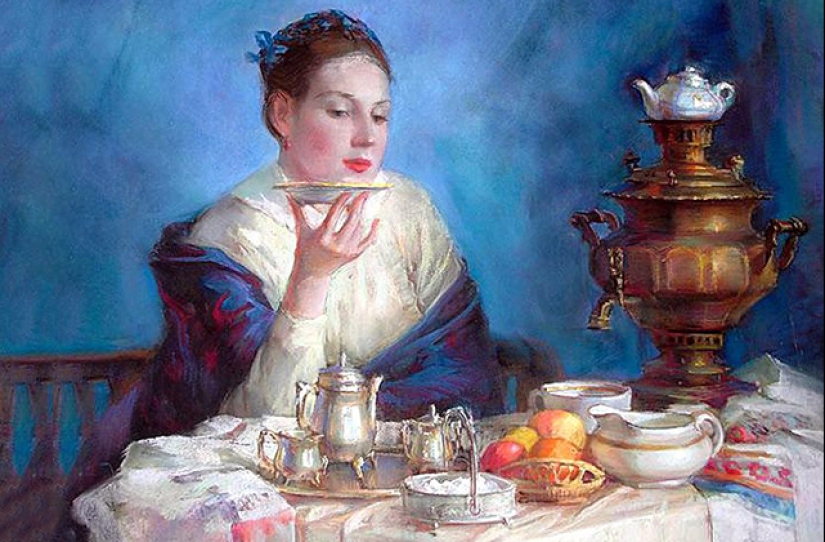
Sugar for our ancestors were unreasonably expensive product, available only to aristocrats. While the XII century in Russia did not know at all. In the XVIII century Peter I opened the first Russian Sugar house, which was engaged in the cleaning of imported raw cane, but only in the early nineteenth century, when trade began to start up domestic sugar beets, sugar was cheaper. However, ate it anyway just for the holidays, and a bit of sugar.
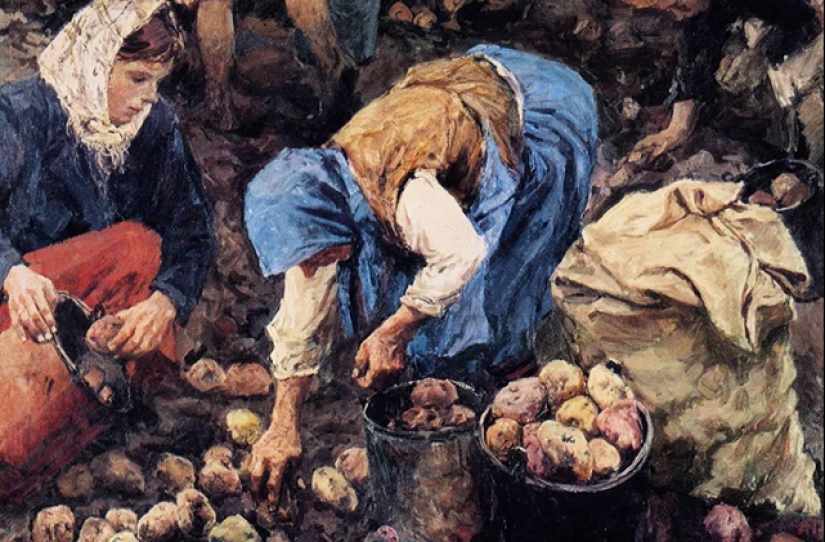
The appearance of potatoes in the country is usually associated with the name of Peter I, who in the late seventeenth century was sent from the Netherlands to Russia bag "ground apples". Foreign product long root from us due to the fact that the peasants simply did not know when and how to collect, and therefore massively etched young tubers, and "wersjami" — berries containing a toxic substance solanine.
To the reformer "second bread" in Russia was a rap: she made out the side dishes, cooked cereal, added to cakes. Not less popular substitute cheap and hearty side dish was the Swede hybrid turnips and cabbage is similar in taste at first, but much more nutritious and unpretentious, and especially loved to grow up in the Northern regions of our country.
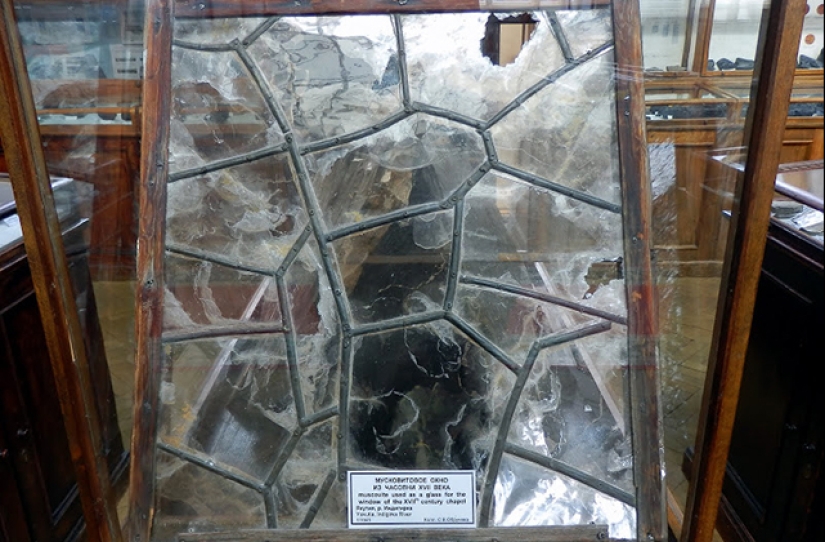
Presumably, in Russia knew the glass and were able to produce already in the X—XII centuries. eke. It was made into ornaments and utensils. But because until the XVI century, the material was very muddy, the Windows did not put his ordinary mica and then missed more light. It was used in the Windows and lights, which splits the original piece of thin plates. However, allow yourself a window of mica could only wealthy nobles and kings.
In the XVI century, mica sold by weight. PUD raw materials in capital cost from 15 to 150 rubles. depending on the quality and size of the leaves. The main supplier of material was the Solovetsky monastery, which gave the best to the Royal Treasury. Russian mica famous in other countries due to its strength and transparency — even dubbed crystals or "glass of Moscow".

Farmers who could not afford this luxury, delayed window bullish bladder, film bags of fish (the ones where the eggs) or light skin big carp. The latter was purified from the scales and dried in the stretched condition. In case there was also a thin rawhide leather, canvas or parchment, saturated fat, and in the winter and is often used ice.
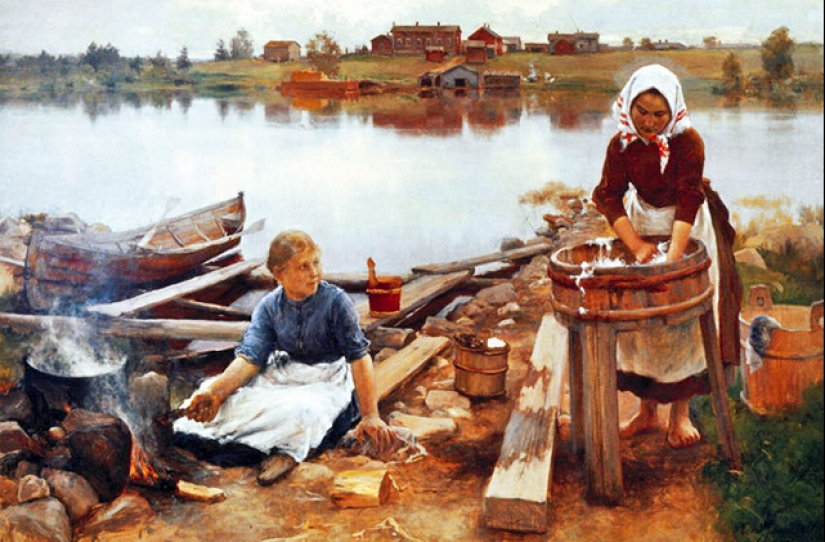
Soap in Russia learned to cook in pre-Petrine era, but in ancient times used the only means available. First ash that is poured in a container of water, and then defended. After some time it turned out water extract of wood ash — lye, a strong alkaline reaction: they bathed, and washed (it lye in the future will be one of the components of soap).
Better to wash hair also used clay and oat flour mixed with infusions of various herbs, and a decoction of wheat bran woman wash your face — lye too dried the skin.
Detergents have also replaced the thick leavened, soap root and elderberries — all these plants have the ability to lather well and cleanse. But if soap vengeance cooked in the XV century, detergent powder up to the first third of the XX century in our country did not know at all. To wash or bleach the stuff from different types of tissues, in addition to the soap used the broth from steamy potato peels or beans.

Few people know that impartial today the word "bastard" in Russia was used only in the plural. Scum called the remnants of any fermented liquid, the residue that remained at the bottom of the dish. Of these dregs remaining, e.g., from jelly, kvass, wine or beer, and made leaven dough — yeast in it was bred by yourself.
Every woman had their stock, and stored could he ever — it only needed from time to time to "feed" the leaven of sediment. If the starter suddenly ended or spoiled, went to the neighbors who were happy to share their own, because each portion of the new brew starter culture increased, so part of it was regularly given to the chickens. The starter was replaced by yeast, which can now be bought in any store.
Diapers and sanitary towels — things are so commonplace that absolutely boggles as some 30-50 years ago, our fellow citizens knew nothing about these benefits of civilization. But mothers and grandmothers could even use cotton wool, gauze and cloth, and what it was like for our more distant ancestors? Difficult, because instead of diapers was spread pieces of moss, lichen, hay, and then just used the leaves of burdock. You can imagine how pricked the skin of these plants, therefore, more affluent parents often used pieces of animal skins, which are then simply washed.
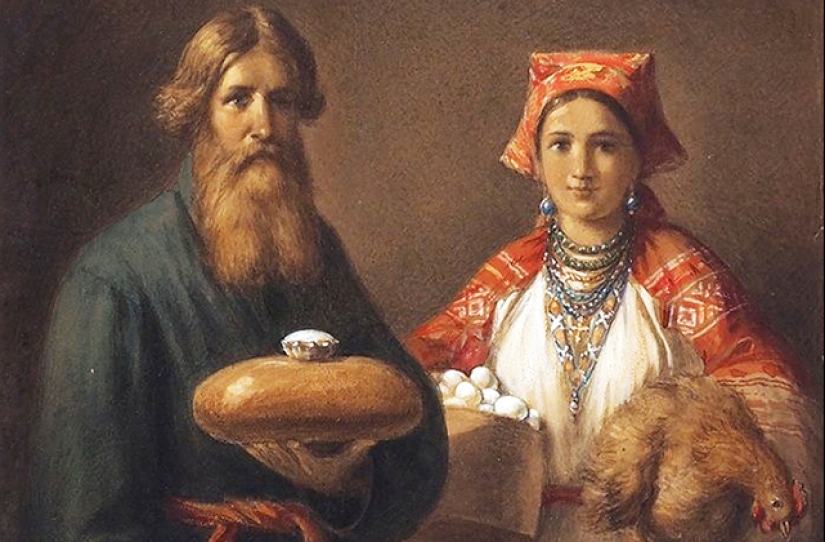
Salt production in Russia was circulated in the XII century, but the fields were few and salt was not enough. So today, the product of a penny in the old days was expensive. It is from here that went a sign that scattered salt — to quarrel (it's simply a waste of money).
However, salt was in almost every house, and its lack even led to unrest. Remember the famous salt revolt of 1648, when the policy is one of the largest landowners of his time, the head of government and tutor of Tsar Alexei Mikhailovich Boris Morozov led to higher prices for white gold several times. As a result of Frost sent into exile, and the salt fell. However, salt cherished and blanks do not spend, preferring for the most part, products of booze in their own juice or drying.
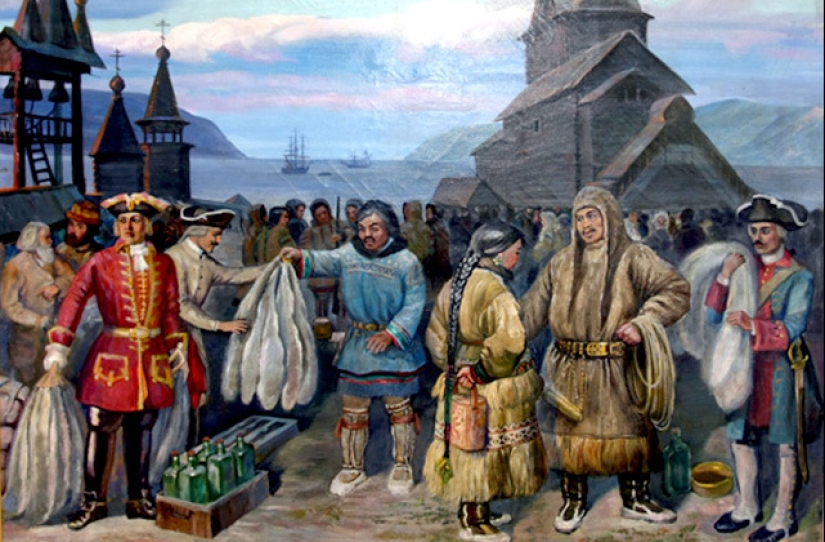
Until the XVIII century, when Russia has grown a new land, there were no sources of precious metals, and other mining deposits was little. But squirrels, Sables, foxes, hares, Martens, and bobcats was rife: at the end of the first Millennium, the territory of Russia was a dense forest, densely populated animals with valuable fur. Therefore, most of the revenues it brought furs. With each parish was collected fur tribute, after which went for export to Europe.
One of the first dated record "Tale of bygone years" States that the Prophetic Oleg in the year 883 ordered "primochill" East Slavic tribe of drevlians, who lived between the Dnieper and the Pripyat, and obliged him to pay tribute to the "black kunai" (marten). The cheapest and mass of fur, including for export abroad, was a squirrel.
In the future, the export of Russian fur, which was very much appreciated not only in the Old world, but also in Central Asia, only increased. Russian princes became virtually a monopoly in the international fur trade. The largest economic centers of those years: Constantinople, Baghdad, Venice and Cologne — has had no serious alternative sources of furs, in addition to Russia. And with Tsar Feodor Ioannovich of Russia exported furs about 500 000 RUB per year. A gradual decrease in the export of fur occurred only because of the substantial reduction in the number of the beast is already in the XVIII century.
Keywords: Life | Ancient Rus | Interesting | Russia | Goods
Post News ArticleRecent articles

Leonardo da Vinci was accused of being fond of orgies. William the Conqueror, despite all his successes, was called a "Bastard" ...

Modesty? Decency? A sense of tact? No, you haven't heard! Just look at what the people from the selection below are doing! No ...
Related articles

It is not 100% to say that tomorrow is with us nothing bad will happen, because often life throws up surprises when least expected. ...

Everything is changing. This is well and has long been known to everyone. But when something stays with you for a long time, it is ...

One of the most famous sayings of Horace says: "no One can know everything!". And we completely agree with his opinion. Every day, ...

American documentary photographer Bruce Davidson came to the UK in 1960 for a couple of months on the assignment of Queen magazine. ...